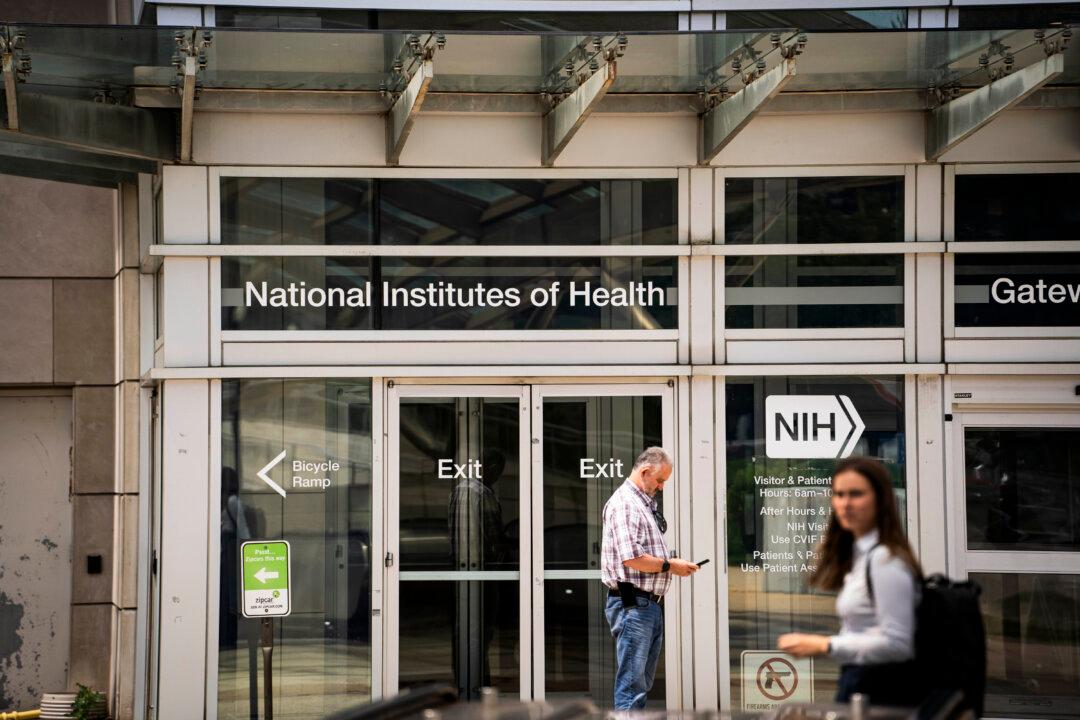Friday’s stronger-than-expected jobs report bolstered investor bets that the Federal Reserve would tighten monetary settings more aggressively to quash inflation by delivering a bigger rate hike at its next meeting and taking rates higher overall before hitting pause.
The upside surprise drove investors to revise their expectations for the Fed’s policy path on interest rates, which the central bank has raised in recent months at its fastest pace since the 1980s.
“The better-than-expected jobs report is good news for the American worker, and bad news, at least short term, for risk assets as it supports a hawkish monetary policy by the U.S. Federal Reserve,” said Tim Holland, chief investment officer at Orion Advisor Solutions in Omaha, Nebraska.
Besides pushing up the probability of a bigger rate increase when Fed policymakers meet in December, the jobs report also boosted bets on the terminal rate, meaning how high the fed funds rate will go overall during this tightening cycle.
Before the report, the rate was seen topping out at 4.75–5.0 percent, per the Fed Watch Tool. The Fed is now seen raising its policy rate into the range of 5.0–5.25 percent by May of next year.
Besides bolstering bets for a Fed that is more hawkish than previously expected, the jobs report also saw stocks slumping and bond yields advancing.
At 9:47 a.m. New York time, the Dow Jones Industrial Average was down 313.86 points, or 0.91 percent, at 34,081.15, the S&P 500 Index was down 46.49 points, or 1.14 percent, at 4,030.08, and the Nasdaq Composite was down 162.01 points, or 1.41 percent, at 11,320.44.
Before the release of the jobs report, two-year U.S. yields were hovering just below the 4.2 percent mark, jumping to nearly 4.4 percent after the payrolls data were released. The two-year Treasury notes are the government securities that typically are the most sensitive to imminent Fed moves.
Yields on the benchmark 10-year Treasury notes also saw a jump, rising from around 3.53 percent late Thursday to around 3.6 percent as of the time of reporting on Friday.
Besides providing the latest figures on the number of payrolls added by U.S. employers, the jobs report also showed the unemployment rate remaining unchanged at 3.7 percent.





